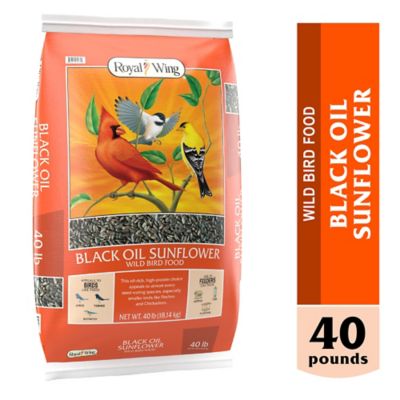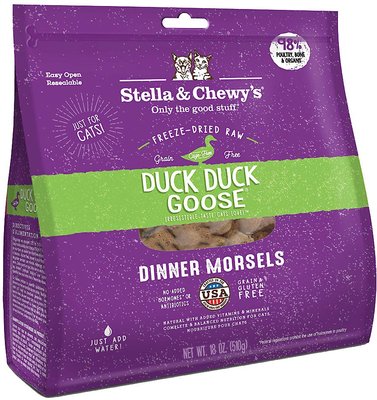Purina Pro Plan Focus Sensitive Skin & Stomach Classic Duck Grain-Free Entree Canned Cat Food, 3-oz, case of 24 By Purina Pro Plan
Made with real duck, this wet cat food for sensitive stomachs is loaded with a taste cats love and full of focused nutrition for your feline friend’s unique needs. Nourish your kitty’s skin and coat with this highly digestible pate cat food, which includes natural prebiotic fiber to help support digestive health.
Give kitty a pate wet cat food that’s gentle on her tummy with Purina Pro Plan Sensitive Skin & Stomach Grain-Free Classic Entree With Duck Adult Wet Cat Food. This premium cat food nourishes her skin and super-soft coat, and natural prebiotic fiber supports her digestive health. Every serving is made with real duck for a high protein cat food with a taste kitties love. Working together, these high-quality ingredients help create a highly digestible sensitive stomach cat food loaded with wholesome goodness. Plus, she gets 25 essential vitamins and minerals, along with taurine, an amino acid, to help support her nose-to-tail well-being. Antioxidants help boost her immune system, and vitamin A and taurine help maintain her keen vision. Best of all, the yummy taste and tender texture give your four-legged friend a wet cat food pate full of kitty-approved flavor.
- Made with real duck, this wet cat food for sensitive stomachs is loaded with a taste cats love and full of focused nutrition for your feline friend’s unique needs.
- Nourish your kitty’s skin and coat with this highly digestible pate cat food, which includes natural prebiotic fiber to help support digestive health.
- Antioxidants help support your four-legged friend’s immune system, and vitamin A and taurine help promote her healthy vision.
- With 25 essential vitamins and minerals, plus the amino acid taurine, this wet grain free cat food is loaded with 100% complete and balanced nutrition for adult cats to support a life of adventure.
- This canned sensitive stomach cat food is proudly manufactured in Purina-owned, U.S. facilities with no artificial colors or preservatives.
Additional information
| WEIGHT | 5.3 pounds |
|---|---|
| FOOD TEXTURE | Pate |
| LIFESTAGE | Adult |
| SPECIAL DIET | Grain-Free, High-Protein, Sensitive Digestion |










by Treed
One of my cats has sensitive skin and the other a sensitive stomach. This food is perfect for both of them and they love it. We have had no skin or stomach issues since they have been on this food.
by Fabian
Impossible to find locally and hard to find in stock here. My cat with IBD loves it. It’s not as dry and expensive as the Go! Solutions option. I love that it doesn’t have chicken or fish. Will repurchase as long as you carry it and Gus eats it.
by Catterly
Kitty loved the old-labeled duck entree best. What changed?